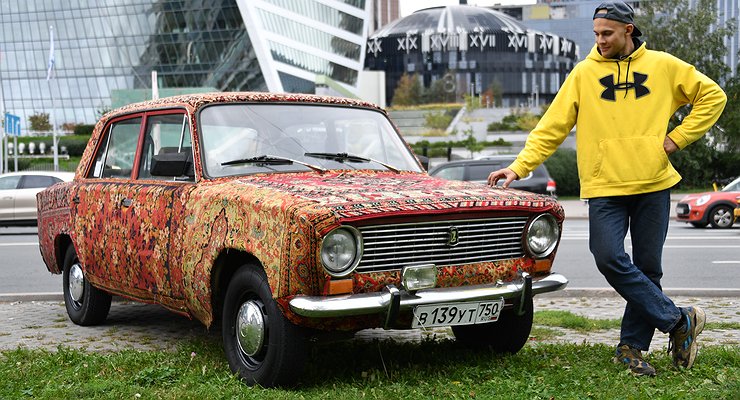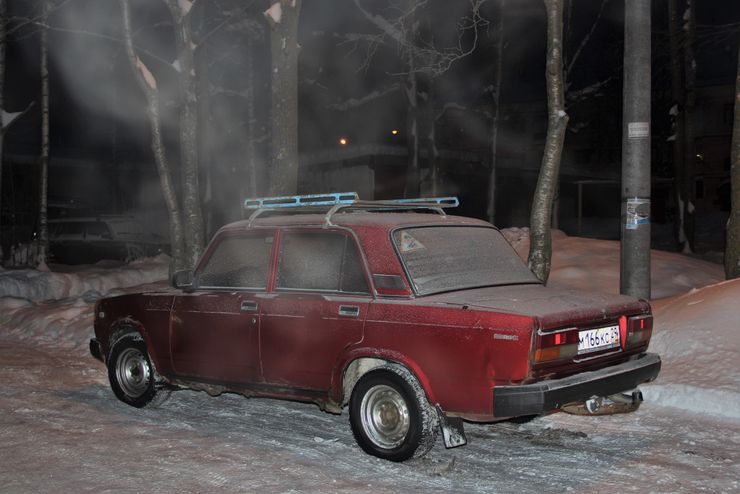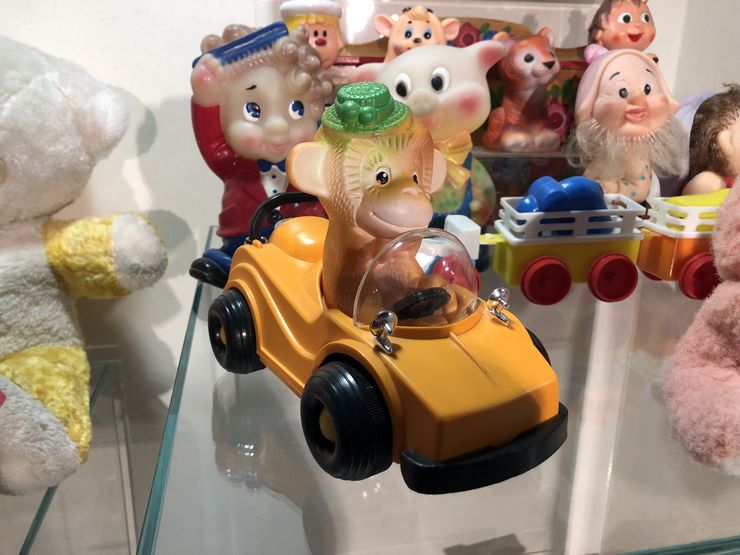We buy our own “classics”: why the Soviet “Lada” rose sharply in Russia
- August 24, 2022
- 0
The used car market, which has been fueled by parallel imports, is normalizing day by day, prices are returning to January and in some segments they are even
The used car market, which has been fueled by parallel imports, is normalizing day by day, prices are returning to January and in some segments they are even

The events in February dealt a heavy blow to the young fans of the “classics”, “chisels”, “dvenars” and other “shersars” – Russian cars are now expensive, often comparable to an old “Japanese” that has not yet left source. This does not apply to Muscovites, this is the fate of the elite, but a decent “gigue” for everyday use can be bought today for 150,000 or more rubles. Expensive you say? So we say it’s expensive. But where do these price tags come from? And the market, which basically sets the sales rules – a wall behind it. After all, the ads disappear, that is, the cars are sold.
A logical explanation could be that there is negotiation, which is included in the price of each used car. But here, too, an unexpected twist of the plot awaited us: just a few phone calls to the proposed numbers gave us a “turn of the gate”. The owners flatly refuse to reduce their requests and motivate them with a large number of calls and offers. At best, the discount is no more than five percent, popularly referred to as “per tank of gasoline.”
We spoke to one of the most social sellers and discovered an interesting motive: many Russians, having heard enough of the news, predicted serious problems with the maintenance and maintenance of imported cars, which would lead to a long and unpleasant vegetative life in the status of a pedestrian.
A wave of doubts and fears gave rise to the desire to buy simple and unpretentious equipment for a “rainy day”, which can stand in the country, but will be driven “on the knee” and repaired at the right time. “To fix” is a recognition of the problem, “on the knee” is an attempt to self-soothe. We can hardly repair anything ourselves, but others certainly can.
The logic is understandable, but there are cracks in it: domestic cars, especially if we talk about the products of the “fierce nineties” and the early two-thousandths, consist not only of a number of low-quality parts with which they have tried to bring them back to life, but have also been largely “polished” – converted to the requirements and capabilities of their past/former owners.
It is not easy to fix such a car – long painful evenings of study and search for the truth are ahead. And makeshift anything and everything block. The second important point is that many components and assemblies are also not produced in Russia, so there may be problems with deliveries here. And finally, the third point: any used car needs repair and restoration procedures, which also cost money.
If we add up the purchase, insurance, registration, primary and follow-up repairs, we get a round amount. Wouldn’t it be easier and cheaper (now that spare parts are plentiful and available) to get your own car completely in order?
Investing to drive for a few years without restrictions and ulterior motives? Yes, and make every effort not to be repaired at all, and even more so not to do this “on the knee”. Interesting thought, isn’t it?


The events in February dealt a heavy blow to the young fans of the “classics”, “chisels”, “dvenars” and other “shersars” – Russian cars are now expensive, often comparable to an old “Japanese” that has not yet left source. This does not apply to Muscovites, this is the fate of the elite, but a decent “gigue” for everyday use can be bought today for 150,000 or more rubles. Expensive you say? So we say it’s expensive. But where do these price tags come from? And the market, which basically sets the sales rules – a wall behind it. After all, the ads disappear, that is, the cars are sold.
A logical explanation could be that there is negotiation, which is included in the price of each used car. But here, too, an unexpected twist of the plot awaited us: just a few phone calls to the proposed numbers gave us a “turn of the gate”. The owners flatly refuse to reduce their requests and motivate them with a large number of calls and offers. At best, the discount is no more than five percent, popularly referred to as “per tank of gasoline.”
We spoke to one of the most social sellers and discovered an interesting motive: many Russians, having heard enough of the news, predicted serious problems with the maintenance and maintenance of imported cars, which would lead to a long and unpleasant vegetative life in the status of a pedestrian.
A wave of doubts and fears gave rise to the desire to buy simple and unpretentious equipment for a “rainy day”, which can stand in the country, but will be driven “on the knee” and repaired at the right time. “To fix” is a recognition of the problem, “on the knee” is an attempt to self-soothe. We can hardly repair anything ourselves, but others certainly can.
The logic is understandable, but there are cracks in it: domestic cars, especially if we talk about the products of the “fierce nineties” and the early two-thousandths, consist not only of a number of low-quality parts with which they have tried to bring them back to life, but have also been largely “polished” – converted to the requirements and capabilities of their past/former owners.
It is not easy to fix such a car – long painful evenings of study and search for the truth are ahead. And makeshift anything and everything block. The second important point is that many components and assemblies are also not produced in Russia, so there may be problems with deliveries here. And finally, the third point: any used car needs repair and restoration procedures, which also cost money.
If we add up the purchase, insurance, registration, primary and follow-up repairs, we get a round amount. Wouldn’t it be easier and cheaper (now that spare parts are plentiful and available) to get your own car completely in order?
Investing to drive for a few years without restrictions and ulterior motives? Yes, and make every effort not to be repaired at all, and even more so not to do this “on the knee”. Interesting thought, isn’t it?
Source: Avto Vzglyad
I’m Sandra Torres, a passionate journalist and content creator. My specialty lies in covering the latest gadgets, trends and tech news for Div Bracket. With over 5 years of experience as a professional writer, I have built up an impressive portfolio of published works that showcase my expertise in this field.